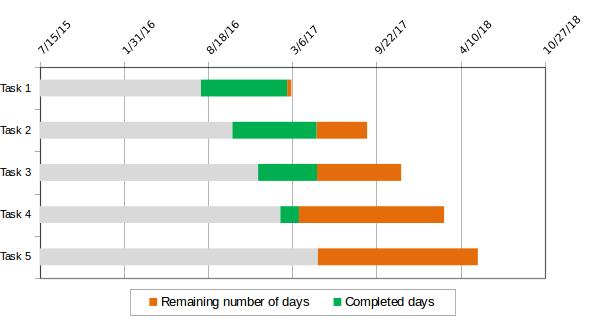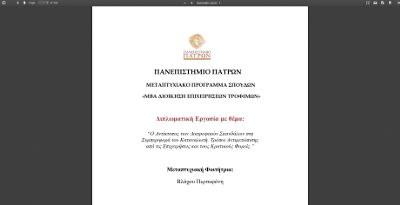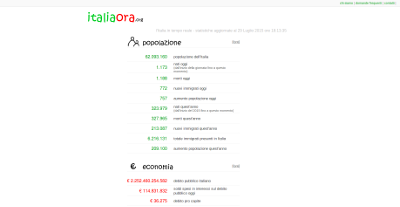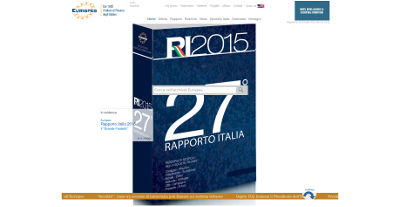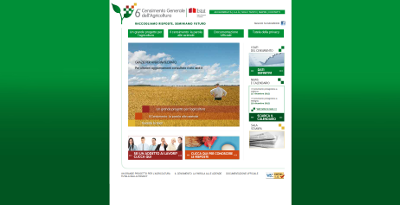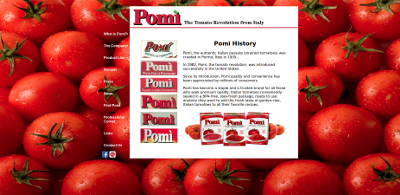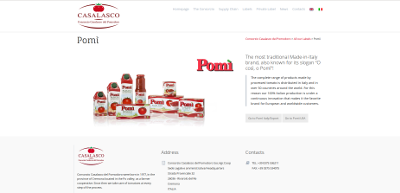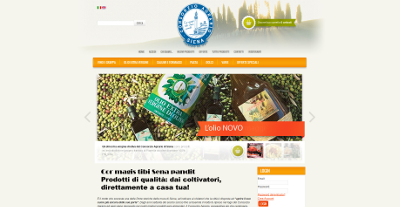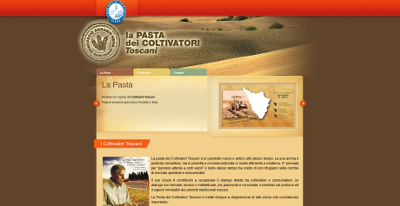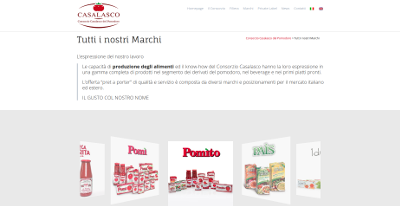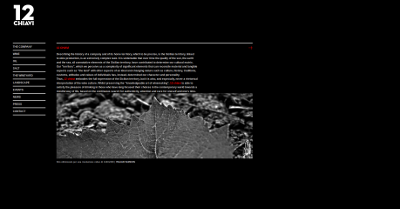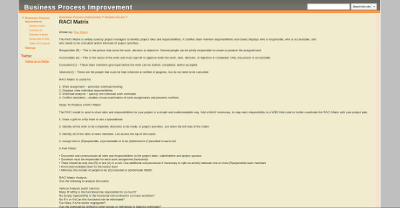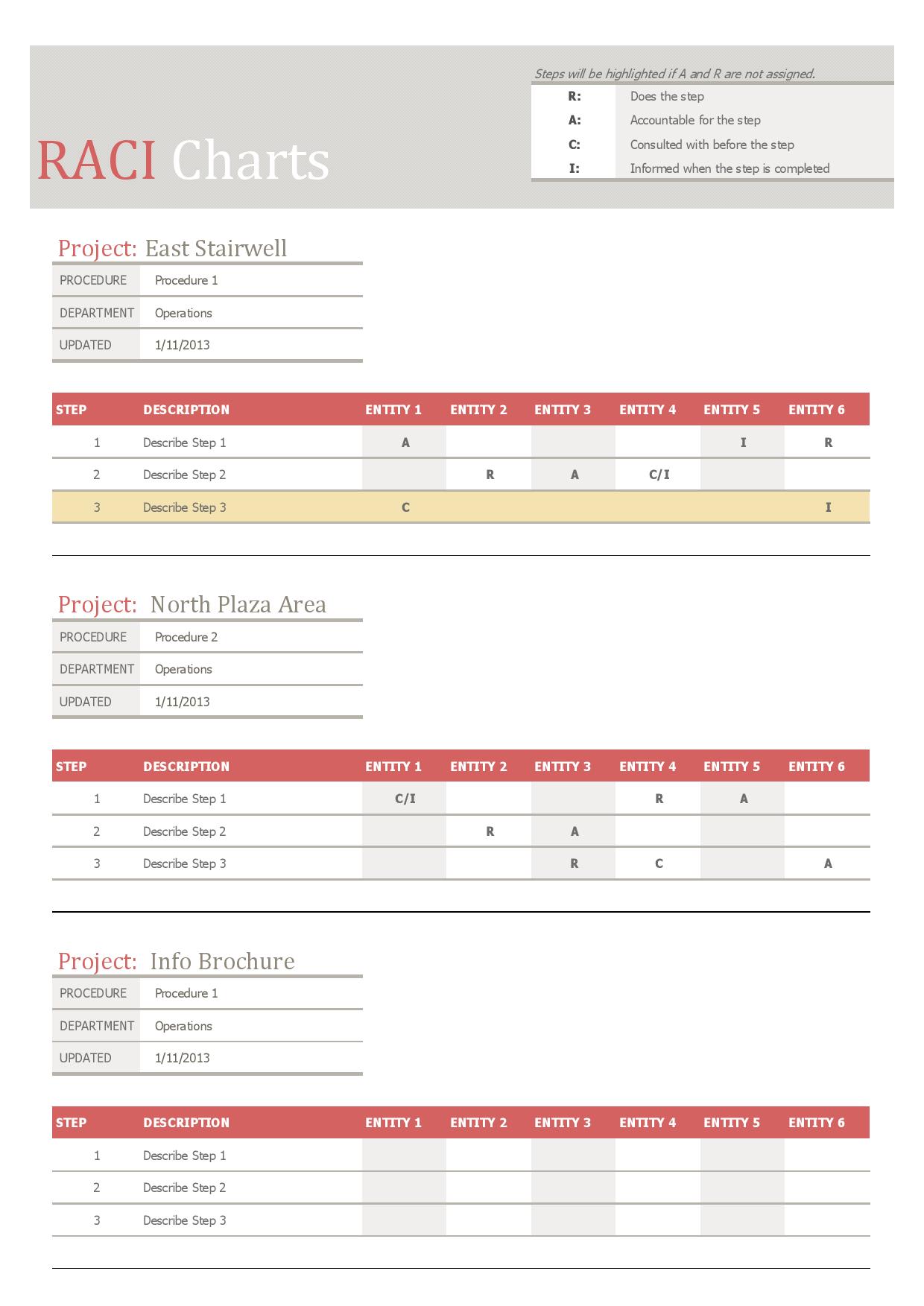Κατανόηση της συμπεριφοράς των καταναλωτών
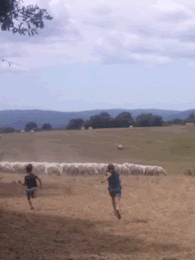
Ο καταναλωτής είναι το πιο σημαντικό πρόσωπο. Η επιχείρηση περιστρέφεται γύρω από τον καταναλωτή… Είναι συνεπώς ουσιώδες να κατανοείτε καλά την αγορά-στόχο σας. Όσο περισσότερα γνωρίζετε για την συμπεριφορά του καταναλωτή, τόσο καλύτερα θα ικανοποιείτε τις ανάγκες και επιθυμίες του. Μια έρευνα για την συμπεριφορά του καταναλωτή μπορεί να μας βοηθήσει να:
- Σχεδιάσουμε το καλύτερο προϊόν ή υπηρεσία για τους πελάτες
- Καθορίσουμε που θα πρέπει να διατίθεται το προϊόν ή η υπηρεσία ώστε να είναι εύκολο για τους πελάτες να το αγοράσουν
- Καθορίσουμε σε τι τιμή είναι ή δεν είναι διατεθειμένοι οι πελάτες να αγοράσουν ένα προϊόν ή μια υπηρεσία
- Προσδιορίσουμε ποια μέθοδο προώθησης θα ήταν αποτελεσματικότερη ώστε να στρέψει τους πελάτες να αγοράσουν ένα προϊόν
- Βελτιώσουμε την απόδοση του αγροκτήματος
Γιατί θα έπρεπε να ενδιαφέρομαι για την Συμπεριφορά Καταναλωτή;
Επιθυμείτε φυσικά να έχει επιτυχία η αγροτική σας επιχείρηση. Εξάλλου, δουλεύετε σκληρά για να το καταφέρετε. Η κατανόηση της συμπεριφοράς των πελατών σας είναι στοιχεία που συμβάλλει στην επιτυχία σας. Χωρίς αυτή την κατανόηση μπορεί να είναι δύσκολο να βρείτε νέους πελάτες. Ειδικά στο σημερινό, ανταγωνιστικό περιβάλλον.
Επίσης βοηθάει όταν θέλετε οι πελάτες σας να αγοράσουν περισσότερα από την επιχείρηση σας.
Οι πελάτες βασίζουν την απόφαση αγοράς τόσο σε λογικούς όσο και σε συναισθηματικούς λόγους.
Θα εξετάσουν κάθε κατηγορία προϊόντος και από λογικής και από συναισθηματικής πλευράς, και αυτό ισχύει και για την πρώτη δοκιμή και για την επαναληπτική αγορά.
Κάνοντας τους πελάτες σας να νιώσουν συναισθηματικό δέσιμο με το εμπορικό σας σήμα είναι ένα από τα κλειδιά για να επιτευχθεί η πίστη των πελατών. Είναι επιπλέον, ένας από τους κύριους παράγοντες για τους οποίους θα σας συστήσουν σε άλλους.
Η κατανόηση της αγοραστικής συμπεριφοράς των πελατών σας βασίζεται στις πιο κάτω ερωτήσεις:
Για ποιους λόγους Αγοράζουν;
Είναι σημαντικό να προσπαθήσετε να καταλάβετε τους λογικούς και συναισθηματικούς λόγους που κρύβονται πίσω από την απόφαση αγοράς. Έχετε κατά νου ότι οι συναισθηματικοί λόγοι αποτελούν ισχυρότερο κίνητρο αγοράς από την τιμή.
Πόσο Συχνά Αγοράζουν;
Η κατανόηση αυτού του σημείου μπορεί να σας βοηθήσει στο συγχρονισμό των τακτικών μάρκετινγκ, για παράδειγμα, στις διαστάσεις της συσκευασίας, τις εγκαταστάσεις αποθήκευσης και επίσης το συγχρονισμό της προώθησης
Ψωνίζουν για Άλλους;
Μερικές φορές οι πελάτες αγοράζουν προϊόντα εκ μέρους άλλων. Ένα κλασσικό παράδειγμα είναι οι μητέρες που ψωνίζουν για τα παιδιά τους. Οι τελικοί καταναλωτές των προϊόντων ή των υπηρεσιών σας επηρεάζουν σημαντικά εκείνον που αγοράζει τα προϊόντα, οπότε πρέπει να λαμβάνετε και αυτούς υπόψιν σας στο σχέδιο μάρκετινγκ και την επικοινωνία.
Τι Αγοράζουν;
Αν έχετε σειρά προϊόντων και υπηρεσιών είναι καλή ιδέα να καταλάβετε ποια από αυτά αγοράζονται σε σταθερή βάση. Η κατανόηση αυτή σας βοηθάει να πάρετε στρατηγικές αποφάσεις, όπως αν πρέπει να κρατήσετε ολόκληρη τη σειρά ή να εστιάσετε σε ένα ή δύο κύρια προϊόντα ή υπηρεσίες μόνο.
Που προτιμούν να αγοράζουν;
Σήμερα υπάρχουν πολλά διαθέσιμα κανάλια για τους καταναλωτές. Οι πελάτες αγοράζουν σε όλο και μεταλύτερο βαθμό απευθείας από ιστοσελίδες και online καταστήματα. Η κατανόηση της προτίμησης τους σας επιτρέπει να εστιάσετε στα βασικά κανάλια ώστε να αυξήσετε τις πιθανότητες να αγοράσουν από εσάς.
Από πού Ενημερώνονται;
Σήμερα υπάρχουν πάρα πολλές πηγές πληροφόρησης. Βοηθάει να γνωρίζετε από πού πληροφορούνται οι πελάτες σας και ποιον ακούνε. Πηγές μπορεί να είναι οι φίλοι, ιστοσελίδες, online κριτικές ή άτομα με μεγάλη επιρροή
Έχετε στο νου σας ότι:
«Όταν πηγαίνω στην εξοχή και βλέπω τον ήλιο και το πράσινο και τα πάντα ανθισμένα, λέω στον εαυτό μου Ναι, πραγματικά όλα αυτά ανήκουν σε μένα!» Ανρί Ρουσσώ «Περιπλανήθηκα στην ύπαιθρο αναζητώντας απαντήσεις σε πράγματα που δεν κατανοούσα»Λεονάρντο Ντα Βίντσι
«Ο πατέρας μου ισχυρίστηκε ότι δεν υπάρχει καλύτερο μέρος για μια οικογένεια από το αγροτικό περιβάλλον…Υπάρχει κάτι στο να ξυπνάς περίπου στις 5 το πρωί, να ταϊζεις τα ζώα και τα πουλερικά, να αρμέγεις μερικές αγελάδες πριν το πρωινό που σε κάνει να σέβεσαι ισοβίως την τιμή του βουτύρου και των αβγών»
Μπιλ Βάουχαν
Πηγή: Ειδικό Ευρωβαρόμετρο 389-2012
«Το μέλλον της Γεωργίας» Βίντεο με παραγωγούς και καταναλωτές στην Ευρώπη: μια καλή σχέση!
Μία νέα λέξη: Τοπικοφάγος

Το Νέο Αμερικανικό Λεξικό Οξφορντ διακήρυξε τη λέξη «τοπικοφάγος» το 2007. Τοπικοφάγοι είναι οι καταναλωτές που είναι ενήμεροι για τον αντίκτυπο της επιλογής φαγητού στο περιβάλλον και που αναζητούν τρόφιμα και ποτά τοπικής παραγωγής.
Η ζήτηση για αγορά προϊόντων απευθείας από τον παραγωγό υπαγορεύεται από συγκεκριμένες αξίες και συμπεριφορές που αποδίδουν οι καταναλωτές σε ένα προϊόν και που σχετίζονται με:
- Την αντίληψη ότι τα τοπικά τρόφιμα είναι φρέσκα, αυθεντικά, υψηλής ποιότητας και εύγεστα
- Την ικανοποίηση από την αγορά σε τοπική αγορά
- Την σημασία της εμπιστοσύνης στους παραγωγούς
- Την υποστήριξη τοπικών παραγωγών
- Την υποστήριξη του τοπικού οικονομικού και κοινωνικού περιβάλλοντος
- Τον σεβασμό στο περιβάλλον
- Την εξοικονόμηση ενέργειας
Απόκριση του Καταναλωτή στην Τιμή και Ευαισθητοποίηση
Οι παράγοντες που παρακινούν τους καταναλωτές στην απόφαση αγοράς αφορούν περισσότερο στην ευαισθητοποποίηση για την θρεπτική αξία και την προσοχή σε κινδύνους για την υγεία από το φαγητό. Η ζήτηση για φαγητό χαμηλού κόστους συνυπάρχει με το αυξανόμενο ενδιαφέρον για ποικιλία και ιδιαιτερότητα της τροφής και ακόμα για υψηλότερη ποιότητα και ασφάλεια των τροφίμων. Η συντριπτική πλειοψηφία των Ευρωπαίων πολιτών λέει ότι η ποιότητα (96%) και η τιμή (91%) είναι σημαντική γι’ αυτούς όταν αγοράζουν τρόφιμα, ενώ μεγάλη πλειοψηφία (71%) ισχυρίζεται ότι είναι σημαντική η προέλευση των τροφίμων. Η ποιότητα, η τιμή και η προέλευση θεωρούνται σημαντικές στα περισσότερα Κράτη Μέλη, με την τιμή να καθίσταται ιδιαίτερα σημαντική για εκείνους τους πολίτες που αντιμετωπίζουν οικονομικές δυσκολίες.
Πηγή: Ειδικό Ευρωβαρόμετρο 389-2012
Τα δυο τρίτα (67%) των Ευρωπαίων πολιτών ελέγχουν τα τρόφιμα για ετικέτες ποιότητας που διασφαλίζουν συγκεκριμένα χαρακτηριστικά, παρότι υπάρχουν σημαντικές διαφορετικές ως προς αυτό μεταξύ των Κρατών Μελών.
Πηγή: Ειδικό Ευρωβαρόμετρο 389-2012
Κοιτάξτε αυτό:
Η αίσθηση της εξοχής
Ο ΣΤΙΝΓΚ ΚΑΙ Η ΣΥΓΚΟΜΙΔΗ: Η εργασία της συγκομιδής στην Τοσκάνη, σε ένα αγρότημα που ανήκει στον τραγουδιστή Στινγκ
«…περιπέτεια και ενθουσιασμός να παίρνεις μέρος στην εργασία της συγκομιδής, για τα παραδοσιακά σταφύλια τον Οκτώβριο και της ελιάς τον Νοέμβριο, που σέβονται γενιές αγροτών της Τοσκάνης». Για αυτούς τους ανθρώπους, που σε διαφορετική περίπτωση θα νοίκιαζαν γαιδουράκια για βόλτα ή θα ξεναγούσαν κόσμο στους αμπελώνες, είναι ασηνήθιστο να καυχιέται κανείς για το πότε θα επιστρέψει από τις ετήσιες διακοπές του.
It is possible to evaluate public attitudes when buying food. Awareness of quality labels and perceptions of the preservation of nature and countryside here:
Έχετε στο νου σας ότι:
Κλίμακα παραγόντων που επηρεάζουν τις αγορές των καταναλωτών- ΥΓΕΙΑ
- ΕΥΧΑΡΙΣΤΗΣΗ
- ΠΡΑΚΤΙΚΟΤΗΤΑ
- ΤΙΜΗ
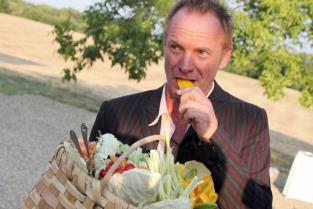
Do you have a talent for marketing?
Results
9-10 points = no doubt: you have a talent for marketing! you just have to deepen your knowledge a bit ...
6-8 points = you can easily become a good marketing manager for your farm ...
0-5 point = you are on the right path, and this course is a perfect starting point!
Take a look at this picture ...
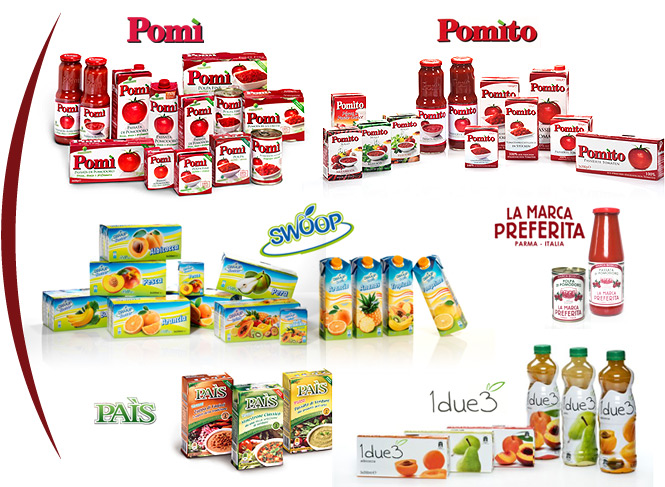
... it is an example of a firm with strong marketing techniques
This company, Pomì, is an Italian consortium, created in 1977 as a cooperative of farmers. Now it involves over 300 farms, and it is integrated in agricultural product processing. The core product is processed tomatoes, but the range of products has been extended to those that are made with a contiguous technology (e.g. fruit juices), thus achieving a wide product line, to satisfy different consumer and retailer needs. They specialised in offering a wide range of packaging, and sell both with their own label and as co-packers, in Italy and abroad. A co-packer is a company that produces products to be sold under retailers’ brands (which are called “private labels”).
As you can see, there is more in this example than simple productive ability: there is the decision to work together, there is the perception of the needs of the market (not only consumers’, but also retail buyers’, who prefer to have one supplier for a range of products, and guaranteed products for private labels), there are sound communication strategies which are seen both on the packaging and on other communication means. The product is sold in modern distribution channels, which means that the company has met big retailers’ requirements.
It is quite different from just growing tomatoes...
Δείτε αυτούς τους συνδέσμους ...
Έχετε στο νου σας ότι:
Product oriented and marketing oriented attitude
Once upon a time, the idea of the consumer in the way we know it today did not exist. People produced just the kind and amount of food they needed to cover their primary need of hunger. Varieties available were limited. In that time, everything that was produced had a good chance to be appreciated and chosen. This “special” moment is over, and cannot be duplicated even in developing economies, not only because of demand characteristics, but also because of the structure and strategies of SUPPLY. As soon as a market, or market segment, becomes interesting, many firms are immediately elbowing their way through the crowd to be noticed, informing consumers about the text existence of a wide choice, of different quality levels, and so on.
That is why now we always have to include competition in our business planning.
A farmer with a “product oriented” attitude concentrates on production techniques, which are the basis on which he builds his cost structure, his investment policy, the composition of his staff, and of course his range of products and their packaging (this latter being regarded more as a means of transportation than as a support for communication). His way of doing business tends to be rather rigid facing changes in his environment. A sales oriented farmer believes that if you strive enough you’ll be able to sell what you produce, it is just a matter of engaging. A marketing oriented farmer sees his activity as circular: market needs, which he examines accurately, are the starting point and the final goal. They influence his production, pricing and communication policies, his staff composition, his investments, and a flexible vision of the production process, aimed at seizing, or even anticipating, emerging opportενότηταies.
Δείτε αυτούς τους συνδέσμους ...
Is product orientation wrong?
No, it is not. Instead, it is very important to preserve and pursue product quality.
Consumers are becoming more and more informed about the different aspects of product quality. Taste is very important, of course, but there are also health issues, and other aspects related to origin, to animal welfare, to ethics and sustainability. Another significant element is service: consumers appreciate everything that helps them make their lives easier (i.e. time saving solutions, easy storage, information on use ...).
What is important is that quality that results from the time and attention we took when producing it is correctly perceived and rewarded. For this to happen, specific aspects of the quality products we offer need to meet specific requirements from the target markets.
It is often said that we are transforming products into solutions.
It is, in fact, important to Κρατήστε στο νου σας that the value of a product is not confined to its practical use.
For example, an apple can be regarded as a simple fruit, but also as a source of vitamins, a way to “keep the doctor away”, as a childish memory (grandmother’s apple cake ...), as a light snack ..., and according to these different elements, we can organize our offer, our image and our communication strategy.
Another example concerns rice, which is indeed a very common cereal, it may seem to have nothing special, but recent consumption trends have given it a special value because it is ... gluten free, so it has become “a solution for a good gluten free meal”.
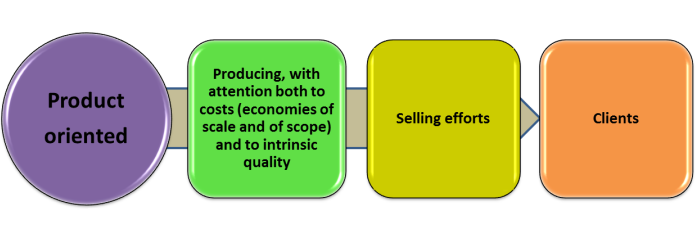
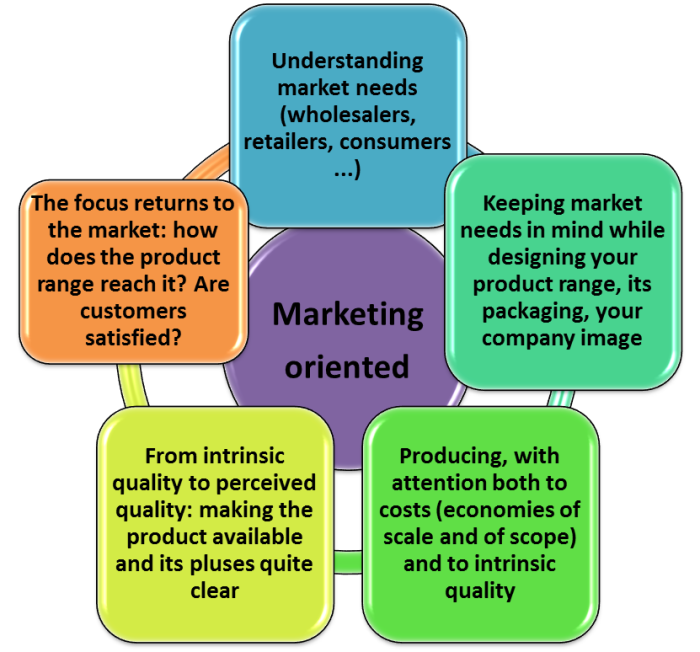
A comparison product and marketing oriented farmers’ behaviours
| Product oriented farmer’s behaviour | Marketing oriented farmer’s behaviour |
|---|---|

Farmer Alex produces beans, choosing the best varieties available, and the latest techniques to maximise the quantity and quality of his production. His staff includes a very good agronomist. He sells his beans to several processing firms.
|
Farmer Christina produces beans, too. Her staff includes not only an agronomist, but also a marketing consultant, who tells Christina about a new trend: an increasing number of consumers are choosing to follow a vegan diet (no products of animal origin), and are always looking for the best alternative sources of proteins. Christina asks her agronomist to select bean varieties with the highest and “better” protein content, and starts raising them. In the same time, she concludes an agreement with a vegan food producer. The result of the partnership is a range of tasty vegan products with a high protein content. |

Farmer Christina is a fruit producer. She has many trees of different kinds, and sells her fruits to a wholesaler. |
Farmer Alex produces more or less the same fruit range as Christina. He always reads agricultural news and once in a while goes to a local supermarket, to see which kinds of fruits are sold there, and how. He even buys these fruits and tastes them, to check if they are better or worse than his. Reading a newsletter, he learns that a local communication campaign will be made in schools, to stimulate fruit consumption. The campaign will be about the link between the consumption of fruit and health. Alex decides to invest in his own, parallel campaign, by means of leaflets, a Facebook page, e-mail newsletters and a stall in the local market, with explicative posters. His claim is a bit funny: “When they see Alex’s fruits, doctors change their job”, and he speaks about his very accurate cultivation and storage methods. He even organises the possibility to buy online and have fruits delivered at home. |

Farmer Alex breeds pigs. He is respectful of the law, and knows everything about fodders. His pigs are sold to the local slaughterhouse.
|
Farmer Christina breeds pigs, too. She learns that consumers are increasingly interested in animal welfare: they feel guilty when they eat the meat of an animal that has suffered. Christina decides to go beyond the law. She starts breeding her pigs in larger spaces, doing everything she can to make their lives pleasant. In the meantime, she does her best to spread information about her initiative in the right places. She even reaches an agreement with a slaughterhouse to reduce the stress and the fear of the animal when transported and slaughtered. In a few months, she has many people visiting her farms to see “Christina’s happy pigs”, and asking where they can buy her meat, so that she even decides to open her own outlet. |
Think and plan: strategic marketing

Where to go, which way to follow, which single steps must be taken
When we prepare our marketing strategy, two things are important to start with: where we are now, and where we want to go. This is not as simple as it may seem, because not all firms know “where they are”. I know where I am with my business when I know things like: what I am selling, to whom (which kind of clients), why what I sell is appreciated, whether my prices are higher or lower than average, whether my prices and costs - combined together - are yielding satisfactory profits, if there are potential clients I have not yet reached and why.
Other things that are important to know:
- are market trends for the products I sell favourable, or is it better to diversify, that is to explore other segments with better trends?
- what are my competitors doing? Are there news strategies I should know about? Are new entries (new competitors) possible?
Once we know where we are, we must decide where we want to go. We do not accept to be brought about by the flow, we want to have a direction, and we want to follow a path to reach our goals. Strategic marketing has to do with identifying and planning that particular path.
Έχετε στο νου σας ότι:
Albert Einstein
"An admirable exercise my friend. Continue it.”
Agatha Christie, Peril at End House
Steve Jobs
Goals and paths
Possible goals concern a better “positioning”, a higher market share, the entry in a new market segment or market channel, internalisation, profits improvement, a better company reputation, and so on. Goals are often interconnected, so we have to take all possibilities into consideration, but then try to be as simple as possible in our planning, to avoid confusion and resource dispersion.
Once one or more goals are set in front of us, how can we reach them? Which road shall we follow?
Positioning, for example, is synthesis of the value that our clients assign to our products and services:
how can we improve it? Consumers and retailers, of course, assign value to what mostly satisfies their needs. It is, therefore, impossible to improve our positioning by offering something nobody is very interested in, or which is regarded as trivial. So the first step of our path to better position our product would be to offer something which can be felt, when bought, as rewarding. Then we have to build the “personality” of our new approach, which is made up of visual, words (messages), the right selling behaviour, the right points of sale, etc.. As you can see, many things have to be decided, and a good decision technique involves trying walking in our clients’ shoes, whether they are wholesalers, retailers, or final consumers. If you were one of them, what would you appreciate most? While designing your path, there’s another thing to be always kept in mind: thinking of the characteristics of your farm, is there the possibility to choose a “special” way, which is not immediately accessible to your competitors? For example, there is an olive producer in Sicily whose olive trees are so well positioned, between mountains and sea, that her plants are hardly ever attacked by diseases and parasites. She choose, therefore, to produce an “absolutely organic oil”, and in doing this she faces much lower costs in comparison with her competitors, because no treatments are needed in her olive grove. She is very lucky in this, but many farms may have special features (location, tradition, know-how) that can be exploited to build their strategic route.
Look at this link ...
The output of this thinking is a strategic document describing our goals for the next 2-3 years and the way we want to follow to reach them. See Module 2 for further info on this topic
Who has the responsibility of each specific decision?
For example, if I want to sell abroad, and take part in all possible fairs, I’ll end up having no budget left to set up a really fantastic booth in my main target country. Keeping a plan helps us focus resources. It is better to keep things simple,to be sure that results can be assessed.
Act: operational marketing
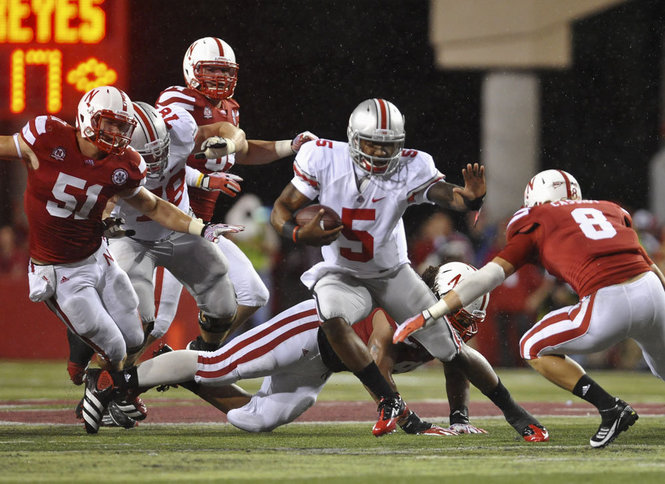
Now we have to put decision into practice, in a rational way
Operational marketing plans can accurately be defined as all actions to be taken. They can be divided into a few main steps:
- put the path recommended by the strategic phase into single actions, and describe each of them in detail
- gather information: ask for quotations (e.g. for logo and packaging design, for radio spots, for a new website, etc.); analyse your human resources and their skills, ...
- assign to each action a person in charge, a “team”, a budget, a timetable, a means of monitoring work progress, and a means of measuring results (e.g. number of contacts, number of “likes” on a social network page, number of visits to the website ...): a comparison of the budget with results will give you a first idea of the effectiveness of the action, as a basis to decide if it is better to go on or to change
- check the consistency and economic feasibility of the whole project
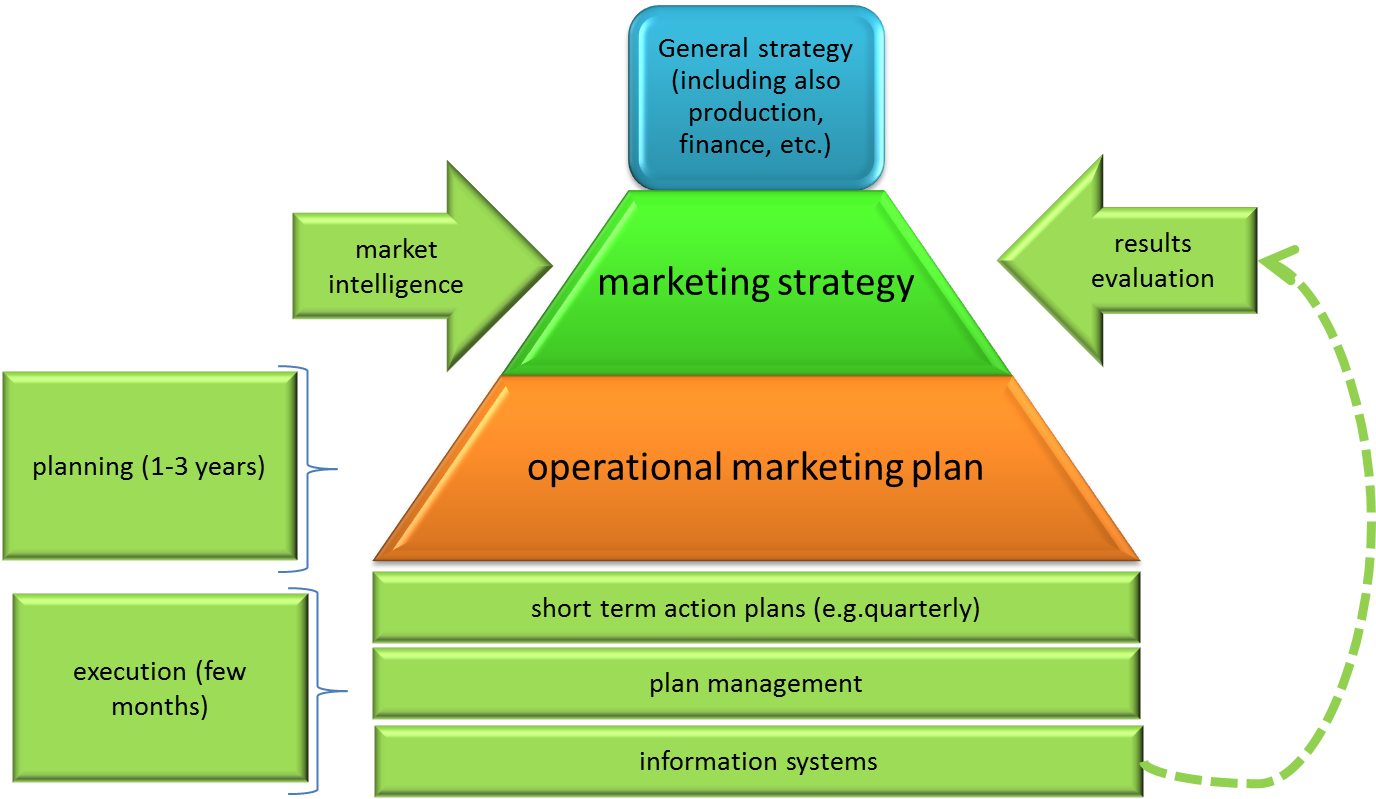
Έχετε στο νου σας ότι:
Mahatma Gandhi
William James
Antoine de Saint-Exupéry
Charles Chaplin
Video on how farmers in mid Wales have diversified in order to stay in business in the wake of foot and mouth disease and BSE
Project Managment methods & tools: WBS, RACI, GANTT
WBS means Work Breakdown Structure, and is an easy way to split up the work to be done into activities, to have the complete picture of what has to be done.
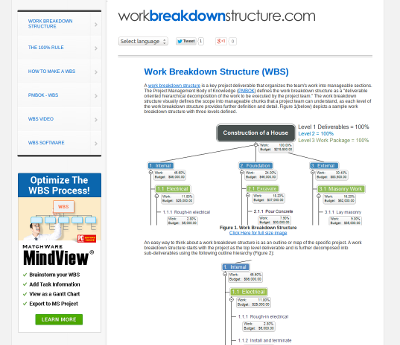
www.workbreakdownstructure.com
Now that you have defined what has to be done, you have to assign specific tasks. In this case, the RACI method can be very useful: it is an easy way to specify, for each task, who is Responsible of doing it (R), who is Accountable (A) for the final decision, who has to be Consulted (C), and who has just to be Informed (I). You can link your RACI with your WBS.
The GANTT chart is a bar chart that illustrates your project’s schedule, making it easy to check work progress and deadlines.
| Start Date | Completed Days | Remaining number of days |
|
| Task 1 | 8/1/16 | 205 | 10 |
| Task 2 | 10/15/16 | 200 | 120 |
| Task 3 | 12/15/16 | 140 | 200 |
| Task 4 | 2/6/17 | 44 | 345 |
| Task 5 | 5/6/17 | 0 | 380 |
